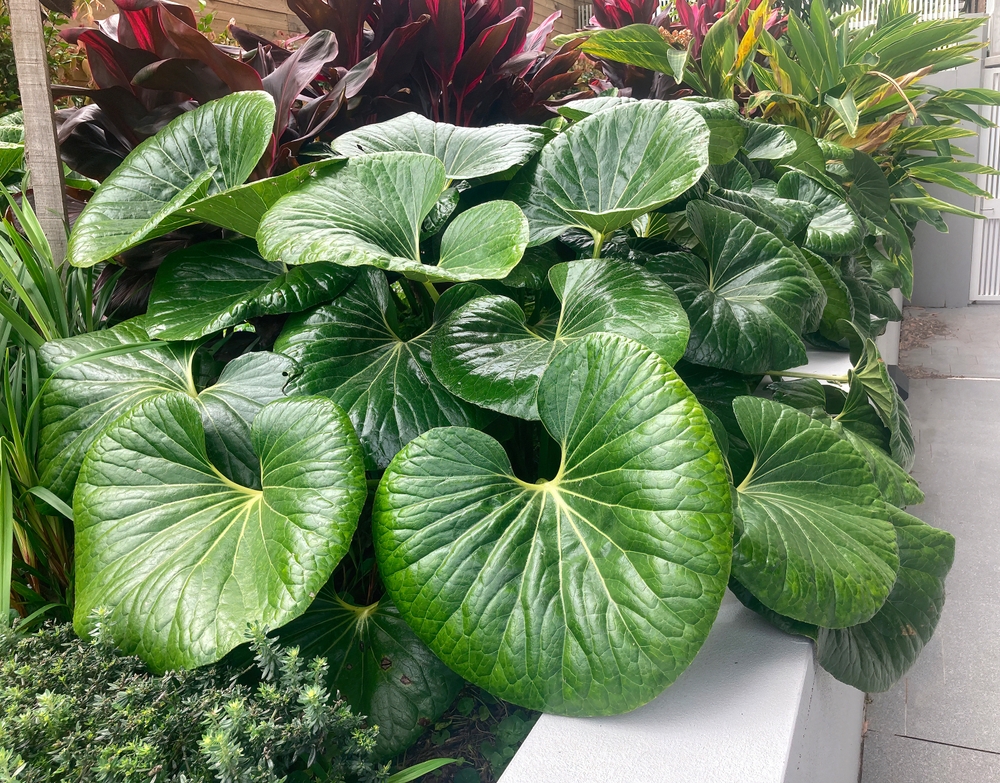Description
Ligularia is a genus of herbaceous plants that belong to the Asteraceae family. Here are some horticultural notes on the genus:
Light: Ligularia plants prefer partial shade to full shade, especially during the hot afternoon hours.
Soil: They prefer moist, well-drained soil that is rich in organic matter.
Watering: Regular watering is necessary to keep the soil moist, especially during hot and dry weather.
Fertilizer: Ligularia plants benefit from a balanced fertilizer application in the spring and summer.
Propagation: Ligularia plants can be propagated from seeds or by division in the spring or fall.
Pruning: Dead or damaged leaves can be removed as needed. If the plant becomes too leggy or large, it can be pruned back to promote bushier growth.
Pests and diseases: Ligularia plants can be susceptible to slugs and snails, as well as fungal diseases such as powdery mildew. Proper watering and good air circulation can help prevent these issues.
Uses: Ligularia plants are often grown for their large, showy leaves and yellow or orange flowers that bloom in mid to late summer. They can be used in borders, woodland gardens, and water gardens. Some popular cultivars include ‘The Rocket’, ‘Britt-Marie Crawford’, and ‘Desdemona’.


